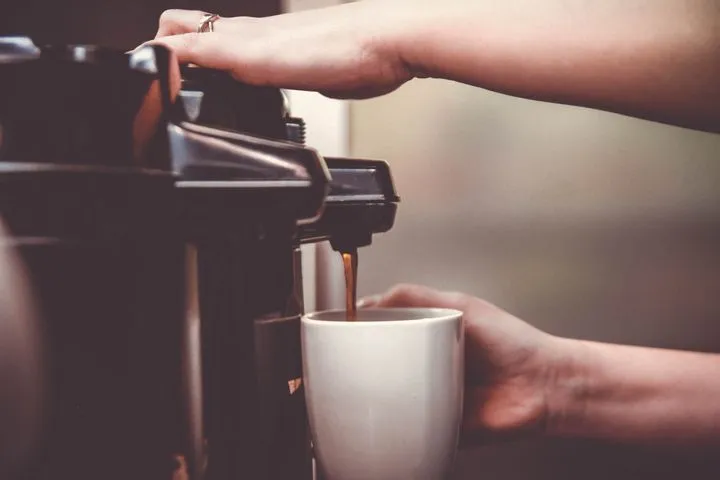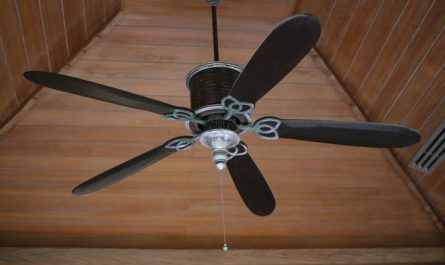Originally published on our site thedancingcucumber.com
There are tons of DIY hacks when it comes to cleaning and doing those chores around the house in a more efficient way. However, some tricks can secretly be myths or just overall be less convenient than you originally planned.
But not to worry, we’re here to help you out with some of the best “Dos and Don’ts” to know in advance when it comes to cleaning.

From the best trick to get rid of food stains, to whether or not using vinegar and baking soda actually work, to “unshrinking” your shrunken clothes, do you know which of these DIY tips are hot hacks to use and which are failing flops to avoid?
Does a Lemon & Olive Oil Wood Polish Actually Work?
Although both lemon and olive oil can be some of the most useful foods to use beyond the kitchen and around the house, you still need to make sure that you’re using them wisely!
Specifically, when it comes to a DIY wood furniture cleaning solution (which typically is a simple mix between lemon juice, vegetable or olive oil, as well as, white vinegar). Why? Because each type of wood is different, and certain pieces of wood furniture might be polished with a chemical varnish.
Another thing to keep in mind is that the oil in your DIY solution might not absorb properly leaving your wood surfaces too slippery!
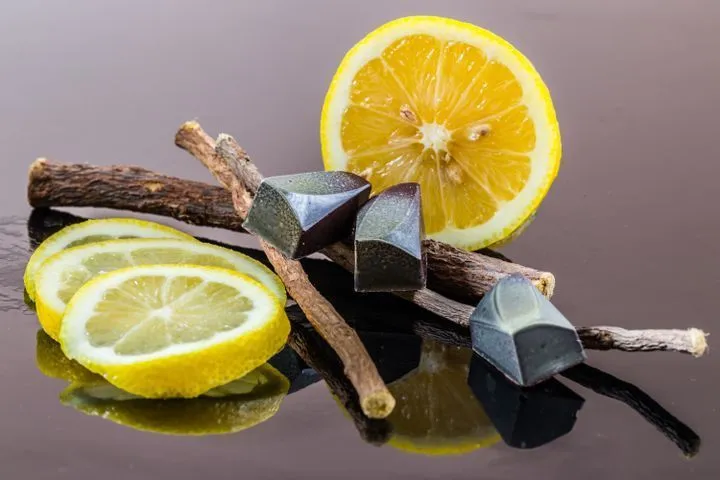
The best thing to do is to test the solution on a small area, and see how it reacts to the it.
Should You Flush Your Magic Eraser in the Toilet?
While there’s a few neat tips and tricks to cleaning your toilet bowl with those Mr. Clean magic erasers, at the end of the day, it’s just a cool white sponge with cleaning solution injected into it.
Which means that flushing it down the toilet is just as worse, if not more, than flushing down absorbing paper towels, because it’s just one big absorber and most likely won’t fit down the drain to begin with.
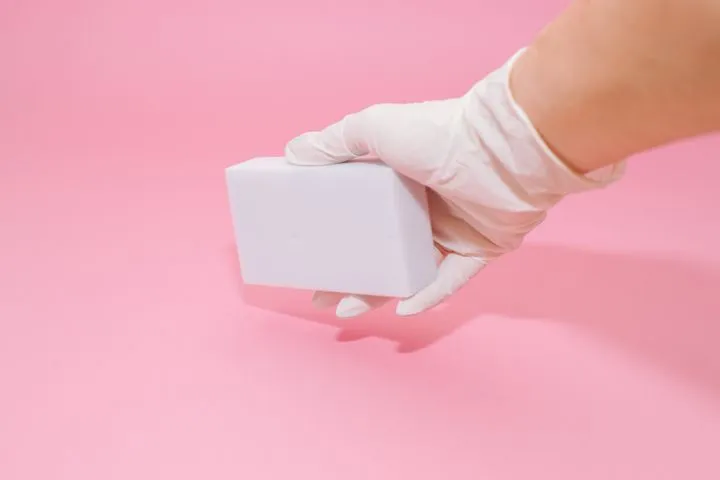
So just make sure you’re disposing of your magic erasers in the bin, and not the bowl.
Should You Really Use Toothpaste to Sparkle Your Silver?
Did you know that you can make your silverware and jewelry sparkle and shine with toothpaste? But don’t make the rookie mistake of polishing your silver items by using the wrong kind! The trick is to make sure you’re using a non-gel and non-abrasive toothpaste, so that you don’t damage or polish off the finish.
Another “don’t” to keep in mind is that polishing silver-plated items with toothpaste can cause corrosion.
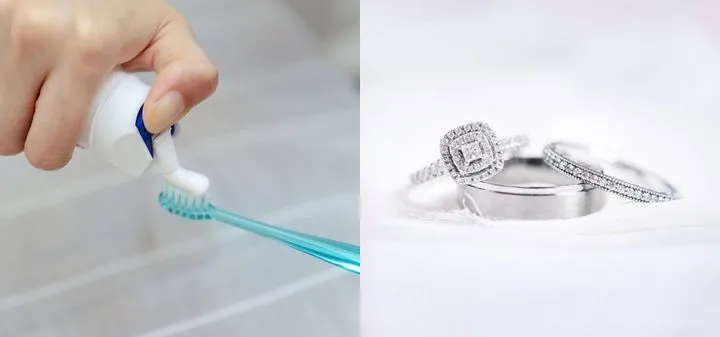
In any case, if you’re going to try this hack, test it out on a small area first. And if not, just stick to actual polishing solution for silver.
Is Vinegar Good for Cleaning Up Your Marble?
Vinegar can be one of the best products to use when you’re cleaning since it’s natural and cost-efficient. However, you need to be careful with what you use it for.
When it comes to cleaning up your marvelous marble or granite countertops or those stunning stone floor tiles, vinegar is the last thing you want to use.
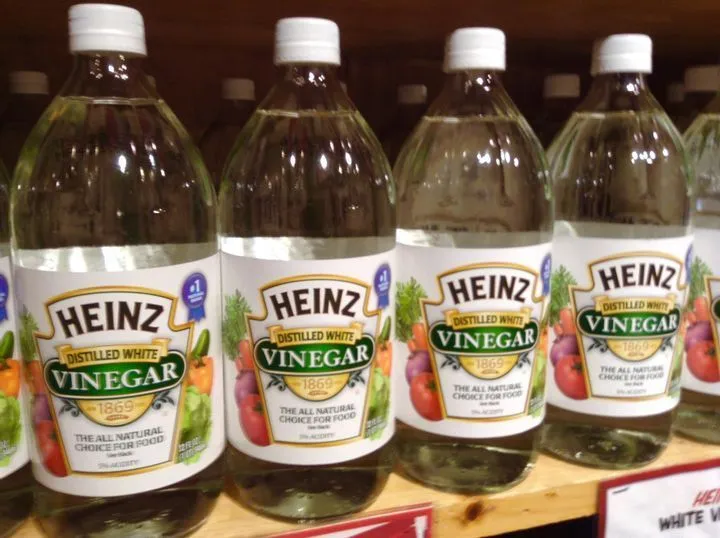
Fantastic Services‘ cleaning supervisor, Lily Cameron, shared with Reader’s Digest, “The acidic cleaners may etch the granite top and leave a dull or discolored spot behind.”
Should You Rub the Stains In?
Whether you’re hosting a wine and cheese soirée, or just having a house full of kids always running around, it’s always good to know how to handle any carpet stain.
While drenching your carpet with cleaning solution and rubbing in the stain might work temporarily, cleaning professionals recommend against it. Why? Because you risk pushing the contents of the stain into the carpet and creating odor or mold issues.
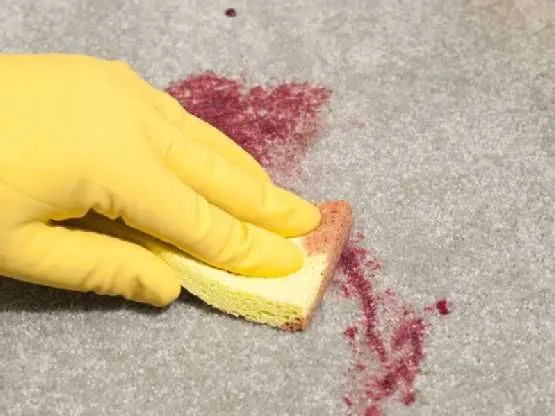
To avoid this, they recommend to spray cleaning solution on an absorbent cleaning cloth and then “blot” or “dab” with patience instead of trying to “rub” the stained area deeper into the carpet.
Using Glass Jars for Cleaning Products Can Do More Harm Than Good
There’s nothing like finding ways to be more eco-friendly and reusing your glass containers and jars. However, when it comes to cleaning solutions, the best thing to do is to actually keep them in their own personal containers.
Why? Firstly, because with the original container, you have immediate access to the product’s label, warnings, and how to deal with an accident or emergency caused with the cleaning solution. Another safety issue is that cross contamination between bottles and cleaning products can be lethal, too.
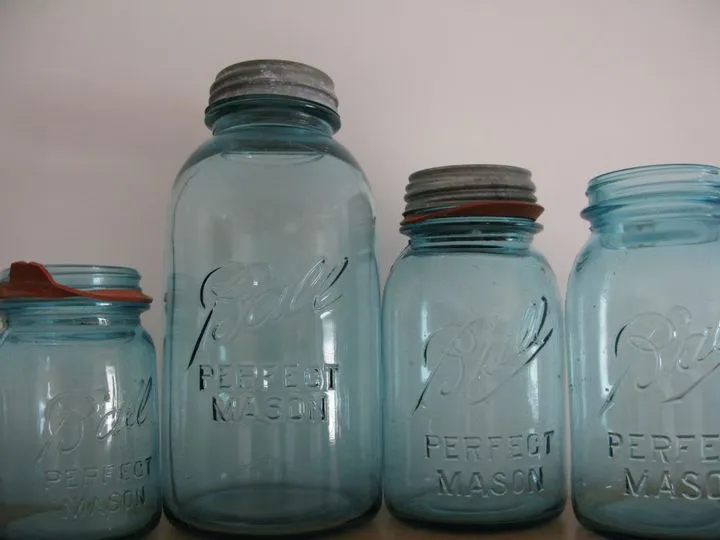
Clorox Bleach further explained on their website, that it’s just not efficient to store in glass jars anyway for long-term use (more than 2-3 weeks). “Diluted liquid bleach solutions are susceptible to degradation from a variety of sources. Increased temperatures, contamination and even light (that’s why we sell it in opaque bottles) cause the liquid bleach active to degrade into salt and water.”
Using Coffee or Tea for Loads of Laundry is Ineffective
While technically coffee or tea have been known to keep dark clothes dark or even “dye” them, actually using them in your washing machine is pretty ineffective.
The myth about adding one cup of black coffee to your laundry load is ineffective because that amount if so minimal in proportion to how much water your machine actually uses to wash your clothes.
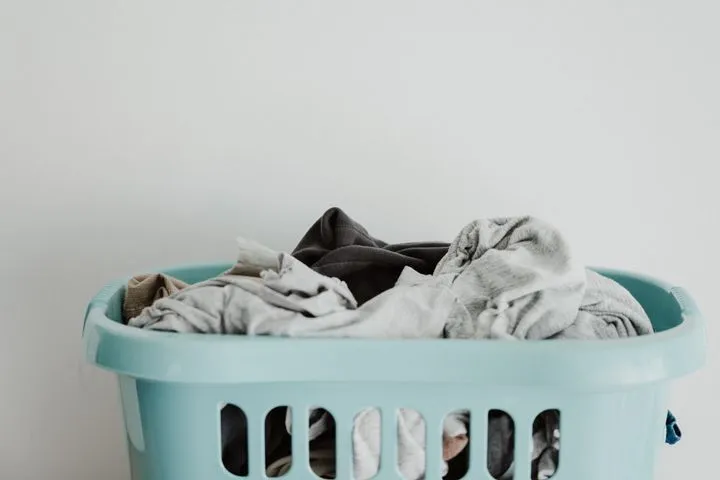
The Price You Pay for Using Vinegar on Your Hardwood Floors
It’s always best to test clean a small area before using DIY solutions —especially when it comes to your precious and beautiful hardwood floor.
And while professional cleaner Lily Cameron shared with Reader’s Digest that it’s best to purchase and use the proper cleaning products for your specific floor, if you’ve used a vinegar-based DIY solution already, then your surfaces should be fine if it was heavily diluted with water.
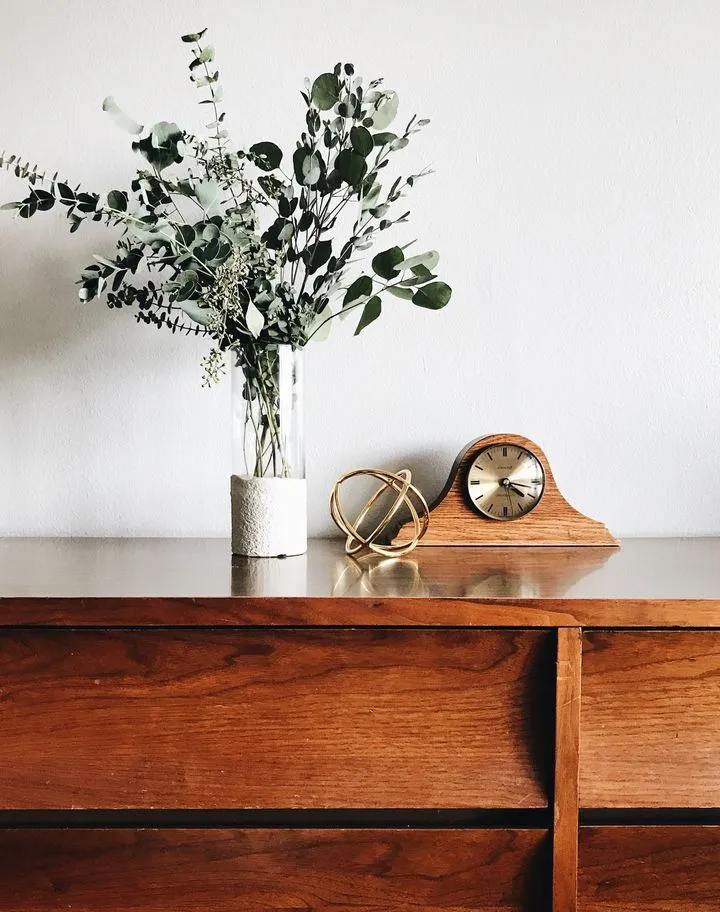
Still though, Kitchn advices to stay away from using vinegar as a cleaning solution to polish your hardwood floor altogether. Why? Because the acidic levels in the vinegar might damage the floors or the chemical varnish on them.
Using Bleach is a Bust When it Comes to Rust
We know that the main purpose of bleach is to remove stains like a beast. However, when it comes to rust, bleach is one of the last things you want to use. The oxidizing chemical reaction in bleach that occurs when removing stains on your clothes, is similar to the one that actually causes rust on metal.
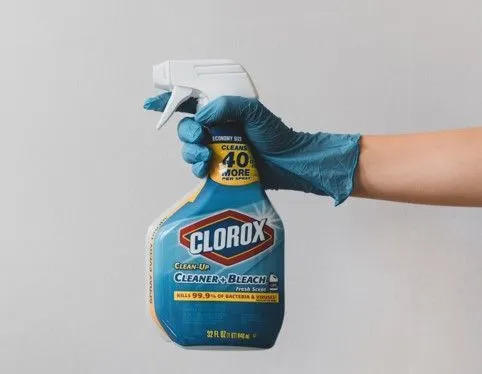
Even Clorox Bleach mentioned on their site that, “it’s critical to note that rust stains can NOT be removed with Clorox® Regular Bleach2 (or any chlorine bleach for that matter). You need to use a rust remover product instead, which can be found at hardware stores.”
Stop Covering Up Odors in Your Fridge, and Start Clearing Them Out
There have been some studies showing that placing newspapers in your refrigerator to remove odors is a great trick that actually works. But this is a temporary solution to a potentially more permanent problem or could cause other problems.
One reason for odors could be from lingering germs or mold from food that needs to be cleaned up, not covered up. If you’re having trouble keeping your fridge smelling fresh, then perhaps it’s time to start your Spring cleaning early this year.

Does Salt Prevent Colors from Bleeding in the Wash?
It’s fun to treat yourself to a beautifully bright-colored set of clothes. But, of course, there’s always the worry that the colors might bleed during the wash. Even though back in the day they might’ve used salt or vinegar to prevent the colors from bleeding during washes, that method remains more of a myth, and hasn’t actually been proven to be effective.
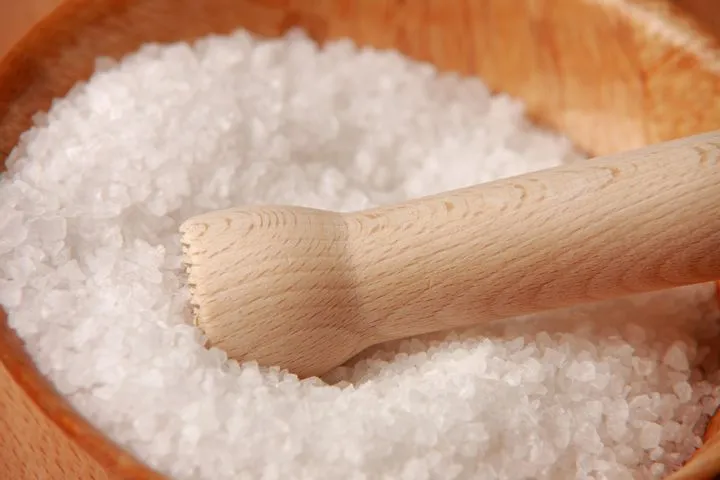
So save your salt for cooking delicious meals that give you the energy for finishing up your house chores, and safely use a commercial dye fixative product to prevent color bleeding instead.
Does Using a Banana Peel to Polish Your Shoes Actually Work?
Is using a banana peel to polish your shoes a myth or does it actually work? Apparently, one of the main ingredients found in shoe polish is potassium, which bananas are known to be a great source of, which is where the idea of using bananas to wipe your shoes with came about.
And the truth is, technically, using the inside of a banana peel can actually work to polish your shoes when you’re in a pinch—but keep in mind that you need to buff it afterwards with a cloth, just like regular polish.
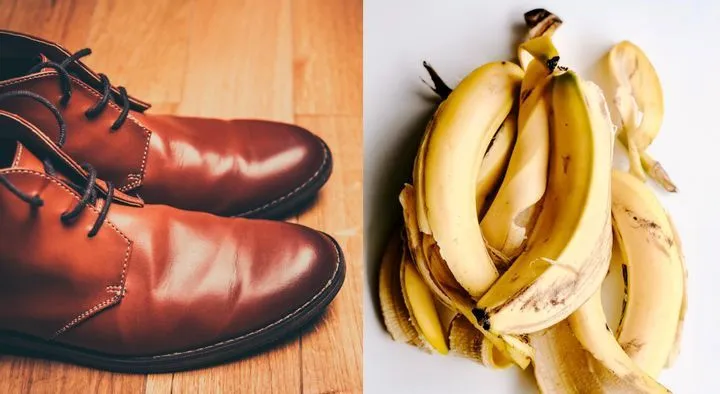
Still, it’s highly recommended to just stick with shoe polish, since that gets the job done the best.
Does Hot Water Actually Sanitize Items?
Is it a myth that hot water can be used to sanitize items? The truth is, it’s not a myth at all, however, the definition of “hot water” needs to be specified for this fact to be true.
Boiling water has been known to sterilize and sanitize items, meaning that it needs to be at least 212 degrees Fahrenheit (at sea level)—which is about double the heat when it comes to the tolerance of hand-washing most people can handle.
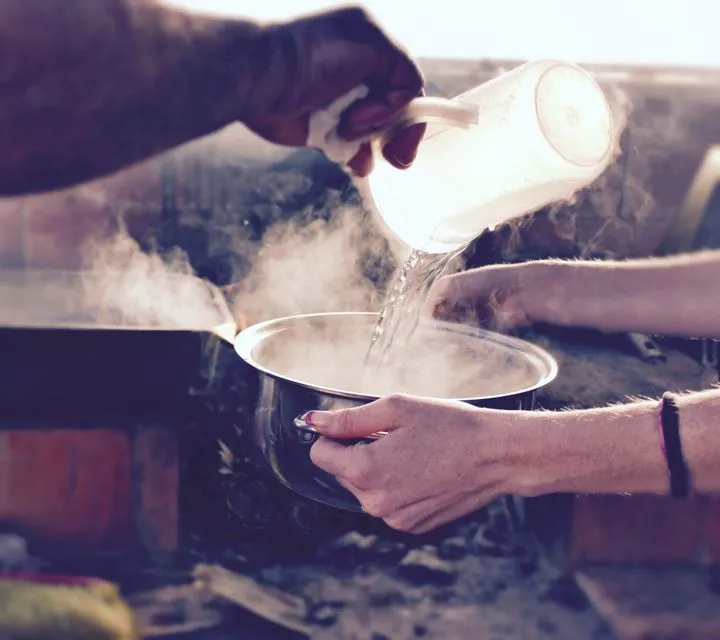
So even though you could sanitize items with hot water, it’s much easier and more efficient to just incorporate a cleaning product into the process.
Dirtier Clothes Doesn’t Mean You Should Use More Detergent
Did you ever wonder why they made those cute little tide pods? It’s to help with getting the proper dosage when doing laundry because dirtier clothes doesn’t mean you need more detergent—in fact this can disrupt the cleaning process since there will be more suds.
On Tide’s official website they stated that picking the write dosage for your laundry depends on how dirty your clothes are, the size of your load, and the water hardness.
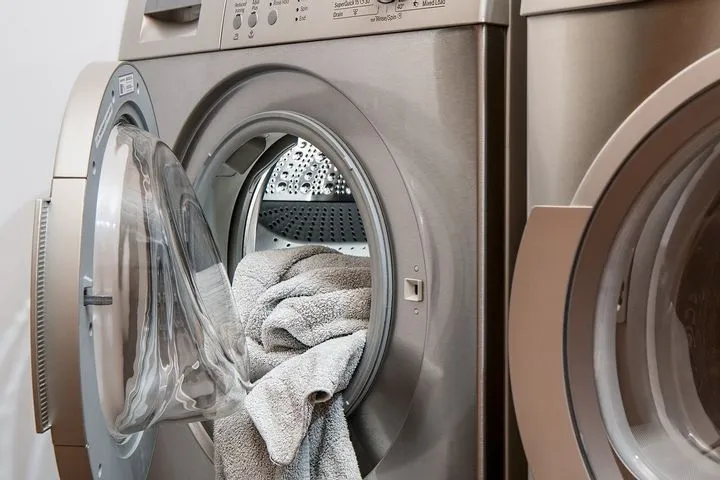
They further explained, “take a high efficiency (HE) washing machines [for example]. Since they use less water, putting in too much laundry can soak up all the water so there isn’t enough to completely dissolve the detergent.”
Don’t Waste Your Coffee Filters on Dusty Screens
Let’s be honest, cleaning hacks can always be really fun if you find one that’s simple and useful. But when it comes to dealing with technology, it’s always best to take the “better safe than sorry” approach.

Many sources claim that using coffee filters to clean off your screens are a simple DIY option and won’t scratch the surface, but why waste your precious cup ‘o Joe filters on your dusty TV screen, when you could easily use a screen wiper cloth for it?
Is the Ultimate DIY Natural Cleaning Solution of Vinegar & Baking Soda Actually Effective?
Using baking soda and vinegar together to make a simple DIY and natural cleaning solution has been around for years. But is it something that actually works?
Brian Sansoni from the American Cleaning Institute shared with Reader’s Digest that, “the reaction [of vinegar and baking soda] has an immediate ‘clean’ look, but when you look deeper you realize that you’re left with saltwater … The agitation of the fizzy reaction itself can be useful to physically break up and carry away dirt, but there’s no long-lasting help.”
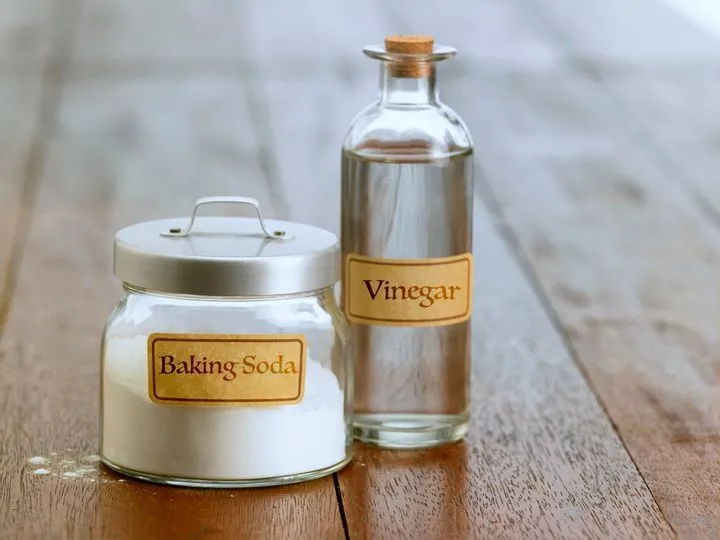
Which basically means that this solution can be used for cleaning, but bear in mind that it’s not the most effective when it comes to sterilizing and sanitizing.
Don’t Overclean Your Surfaces
Depending on where you live, how often you use your kitchen, and if there’s windows or doors nearby, then you might feel the need to wipe down your counters and cabinets from the dusty daily.
However, keep in mind that using heavy cleaning products on your surfaces—especially wooden ones—can do more harm than good. Overcleaning is definitely a thing, and can affect the ware and varnish of specific materials. So, it’s always important to understand how each surface needs to be maintained before you start going into a daily cleaning mode.
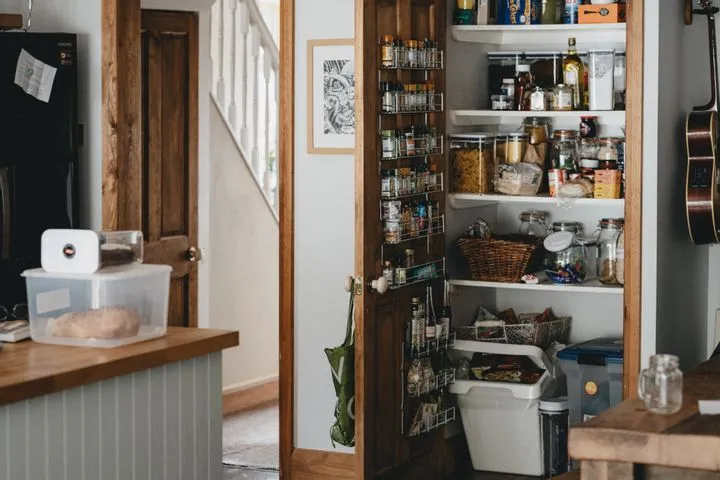
Wax Paper Can Help Protect Your Linens
There’s nothing like having a precious and sentimental table cloth or delightful dolly that you use for special occasions. But keeping them in good condition can sometimes be a little tricky.
According to Reader’s Digest, using wax paper can be a great solution for storing your luxurious linens safely and away from external damages.
Lining a piece of wax paper between your fabrics helps prevent any trapped moisture and block out excessive light.
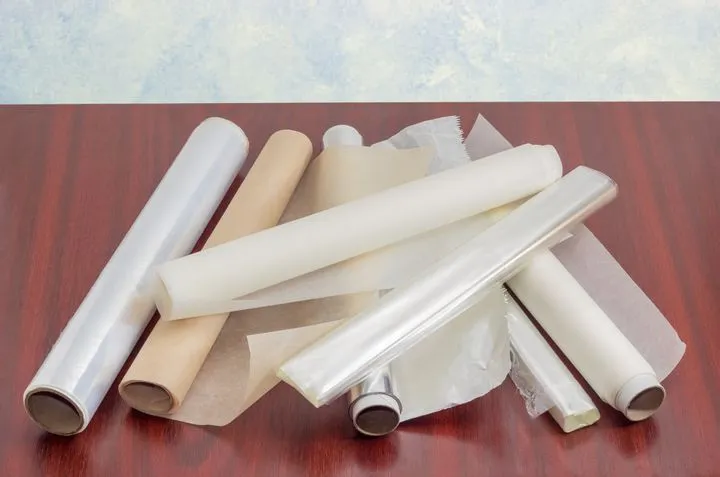
Hair Conditioner is a Secret Way to “Unshrink” Your Clothes
There’s no need for sophisticated science or a fancy device like in Honey! I Shrunk the Kids to resize your clothing. It might seem a little bonkers that you can alter your clothes after they’ve shrunk in the dryer, but apparently there’s a DIY way that works!
According to both Huffington Post and Reader’s Digest, it’s possible to stretch back out your clothing by using hair conditioner in a DIY solution.
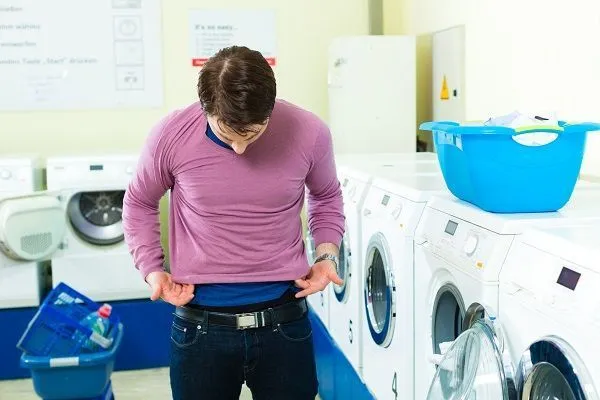
However, it’s important to note that this doesn’t work for all fabrics, and each fabric requires its own solution to make the magic happen.
Black Tea Helps Keep Your Hardwood Floors Deep with Color
Utilizing black tea has been a secret cleaning hack for years—especially when it comes to hardwood floors.
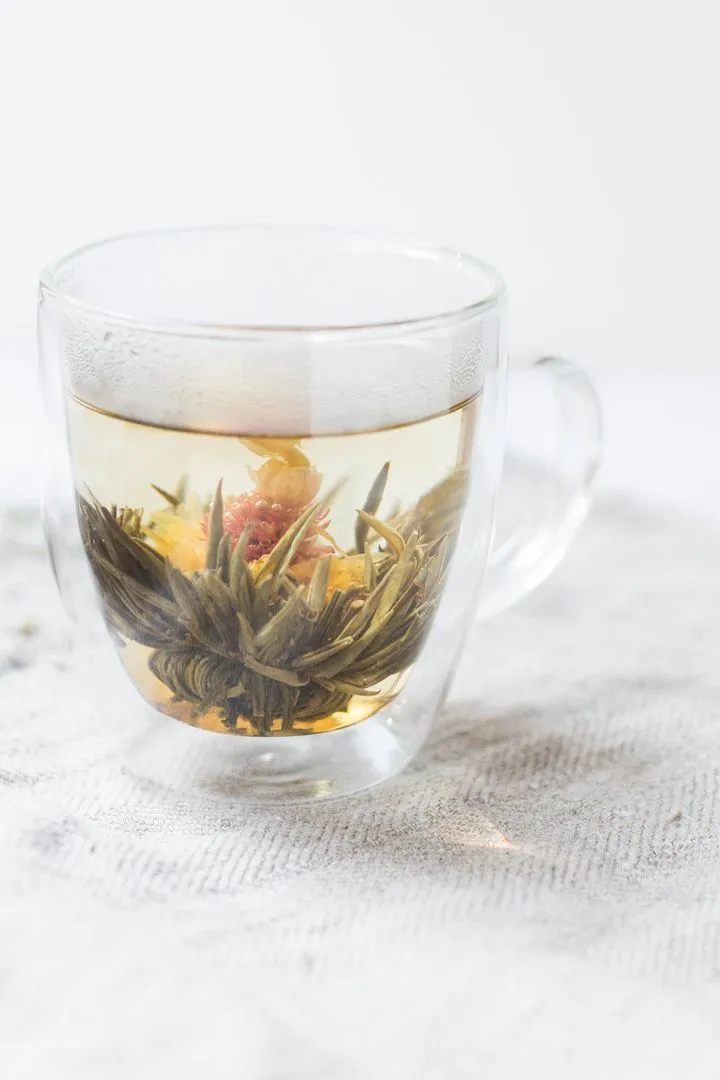
That’s right, apparently if you want to keep those hardwood floors—this method won’t work for laminate—shining and deep with color, throwing in teabags in a bucket of water in all you need to do! Keep in mind to test an area before mopping the whole area, to confirm that the solution is safe for your flooring.
-
- After boiling a full pot of water, add 5-6 black tea bags to seep in for around 10 minutes.
- If your tea is too hot to the touch, then add some cold water while you carefully pour your pot of brewed tea in the mop bucket.
- Dip your absorbent cloth or mop into the bucket, and wring out any excess liquid—no need for it to be soaking or dripping wet—and mop the dirt away!
How to Keep Food Stains Away Before Washing Your Dishes
One of the best ways to avoid food stains in your containers is to rinse and clean them right away, of course. But sometimes we don’t have the time to do it right away and end up needing to abandon the container in the sink or our lunch boxes until we get home at the end of the day.
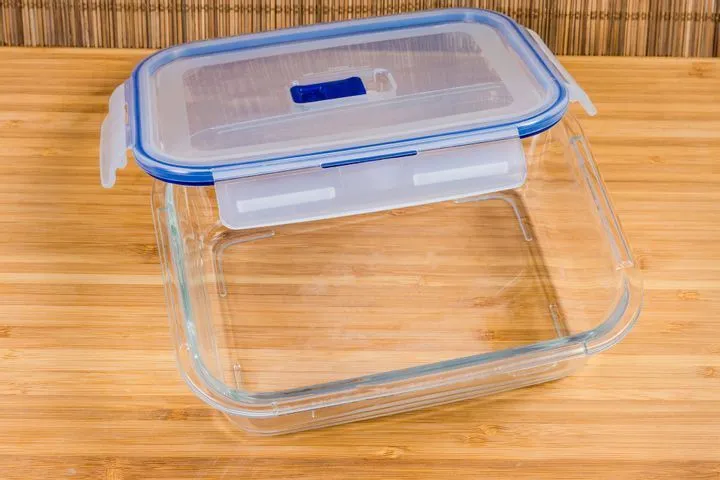
However, if you fill it with water and a little bit of dish soap, it will make the cleaning process so much easier and keep all of the greasy and oil stains at bay because of the detergent. Not only will this help with preventing food stains, but it will also make it easier to clean up any excess leftovers.
Is Using Hair Spray to Remove Static Worth it?
In theory, using hairspray to disengage any static stickiness between clothing or drapes works. If it works for hair, why wouldn’t it work for fabric. Right?
However, the texture that spews out from the chemicals in the spray leave you with a sticky feeling, so it doesn’t seem all that worth it to use.
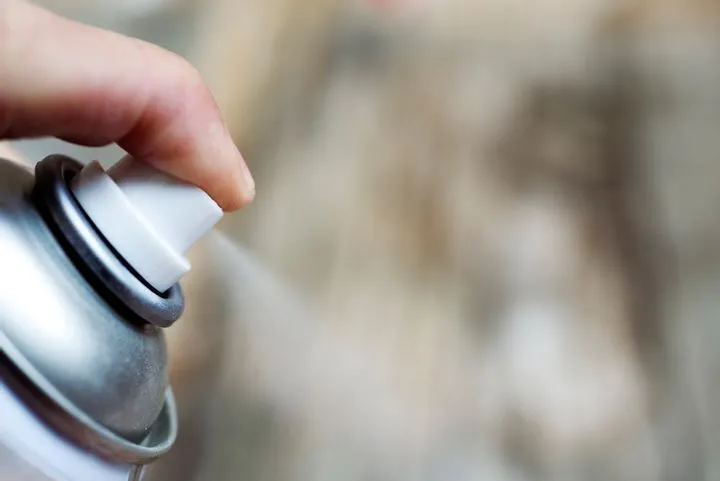
Dryer Sheets Can Help Collect Dust
Let’s be honest, using a duster sometimes seems counterintuitive, since it sort of just pushes the dust back into the air. However, a secret hack for sweeping up that extra pet hair and dust from your furniture is by using a dryer sheet.
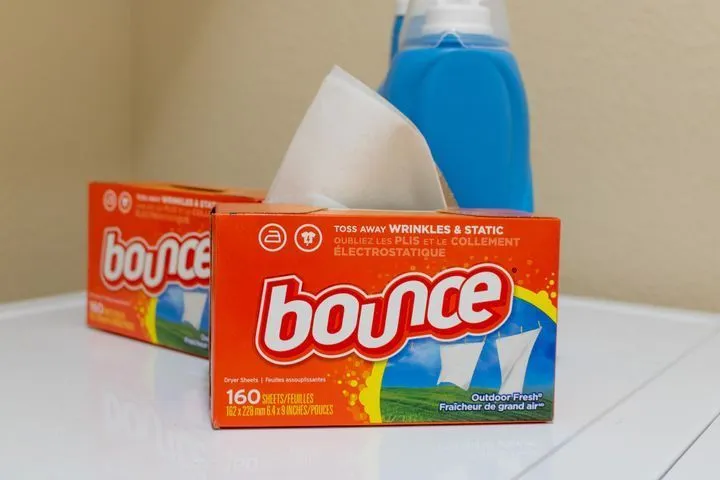
Both new and used sheets will work in this case—just make sure to dampen a used one before using it to wipe down. How does it work? Similar to how they remove static in your laundry in the drying machine, they also can remove hair and dust off of furniture. This hack is perfect for wiping away dust quickly on shelves, books, indoor plants, or even ceiling blade fans.
Using Soda Pop for the Toilet Bowl
You would think that because of all the sugars and chemicals, using soda pop would be a bad choice for a cleaning solution, but apparently this trick works wonders!
That’s right, if throw in some heated up Coke-Cola in your toilet bowl (enough to coat the entire bowl) anywhere from one hour to overnight, flush it after waiting, scrub the excess filth, and flush again, you should have a spick-n-span toilet bowl looking fresh and smelling sweet!
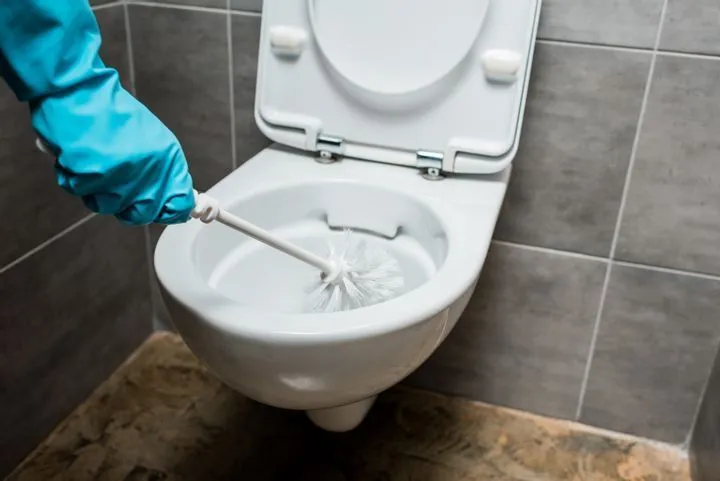
Who would’ve thought?
The Wonders of Linseed Oil & Leather
It’s always exciting to know that you can get something done on your own without having to run to the store to buy anything extra. And when it comes to your leather sofa and furniture, there’s a cool DIY hack you can use for cleaning.
Making a solution with one part vinegar and two parts linseed oil is meant to help keep your leather sofa looking shiny and supple.
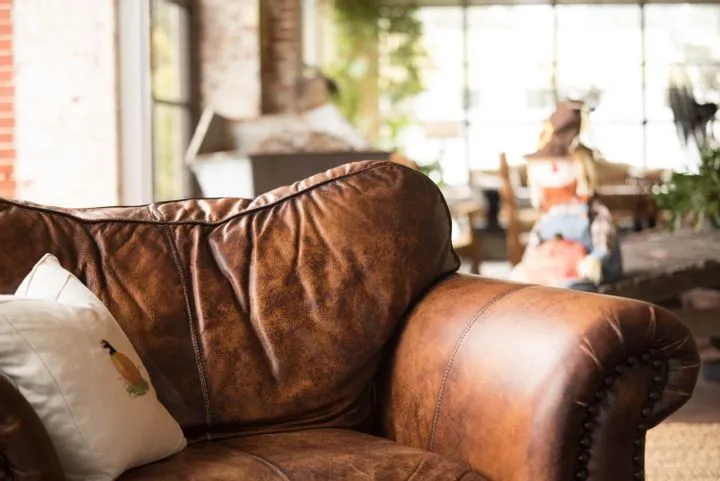
Using Rubber Bands to Anchor Down Your Glasses
Let’s be real. At the end of a fun celebratory soirée or that monthly game night get-together, you don’t really have the energy to wash all of those wine glasses or champagne flutes. And even though using the washing machine would be so much simpler, it always seems like a risk that they might break mid-wash. Right?
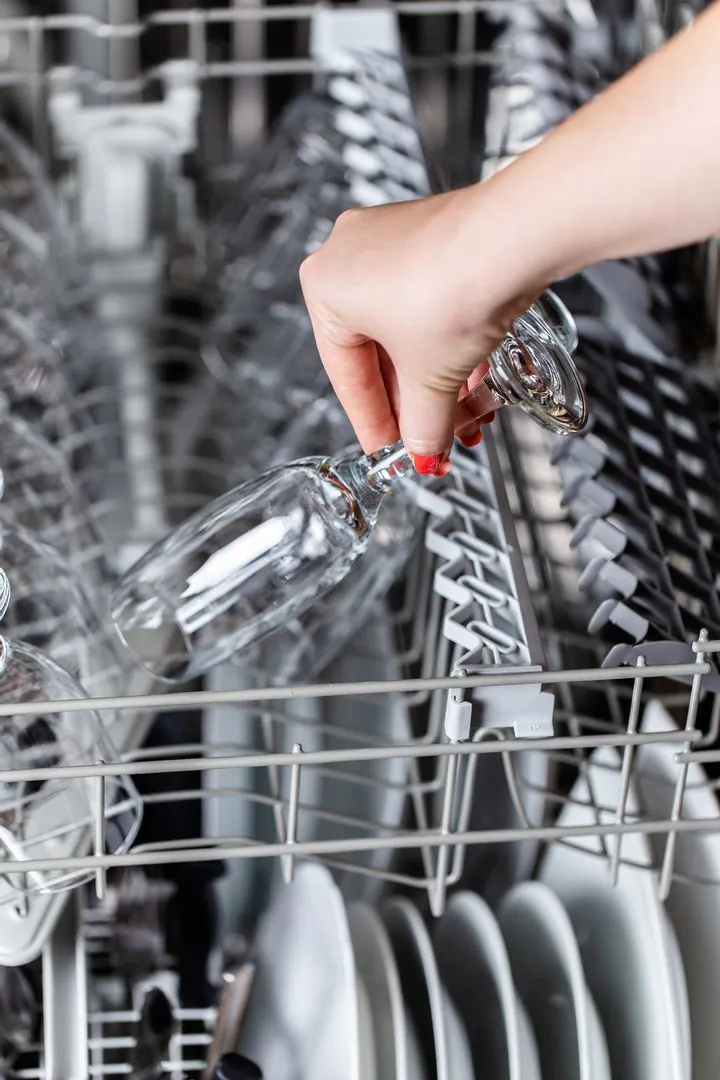
Using Dishwashing Tablets to Clean Shower Doors
Dishwashing tablets are super convenient for a mess-free way of cleaning your dishes, but did you know they can be used for so much more?
In addition to being used in your kitchen, these small capsules are great for cleaning bathrooms. Say goodbye to the stubborn spots and the residue on your shower doors.
All you have to do is cut a hole the same size as a dishwashing tablet into a scourer, put a wet tablet into the hole, and scrub away at the grime. Watch your showers doors look brand new in no time!
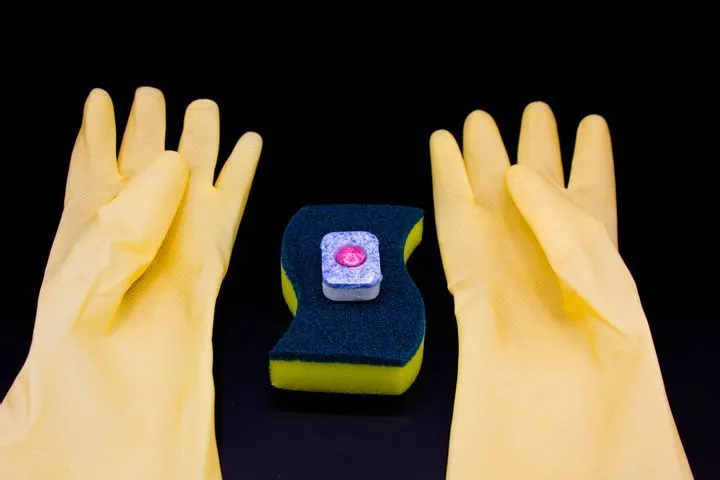
The Fastest Way to Sterilize Your Sponge
Just like how it’s important to wash your mop and dish rags, it’s just as important to wash and disinfect your sponges—especially if you’re using them to wipe down different types of surfaces. Many people just throw them in the dishwasher, but there’s actually a faster and more effective way to decontaminate them.
According to research by environmental engineering at the University of Florida, placing a wet sponge in the microwave for 2 minutes will sterilize it and kill bacteria.
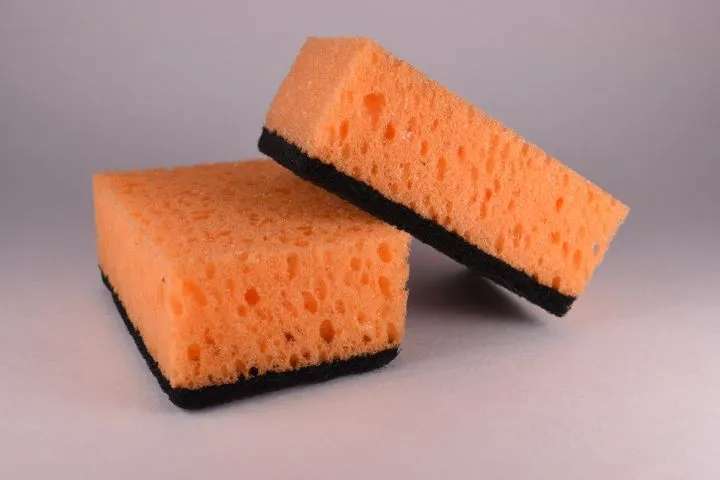
Things to keep in mind before using this method:
-
- Check that your sponge doesn’t contain any metals or steel.
- There shouldn’t be a need to microwave for more than 2 minutes.
- When removing the sponge from the microwave, use caution and even wait a few minutes, as it might be too hot to touch.
Using Cornstarch for Iron Burns
Cornstarch is a really interesting product, but it can be utilized in all sorts of ways when cleaning. And this particularly unique ingredient can be used for a particularly unique situation when dealing with a laundry mishap.
Cornstarch can help with the removal of scorch marks that happen when you’re ironing your office clothes and special occasion shirts.
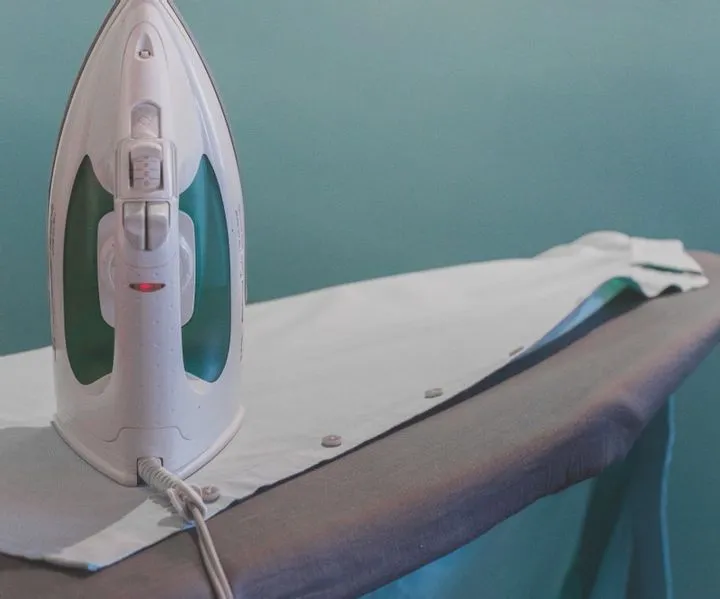
Should You Put Coffee Grounds Down Your Sink?
Some people grew up learning that coffee grounds need to be dumped in the trash, and others have learned that it’s okay to use down the garbage disposal.
While it’s been rumored that dumping coffee grounds down your disposal can help neutralize odors from all of that old food you dumped down the drain, and keep your sink smelling fresh, it’s important to make sure that your disposal and sink are able to handle that.
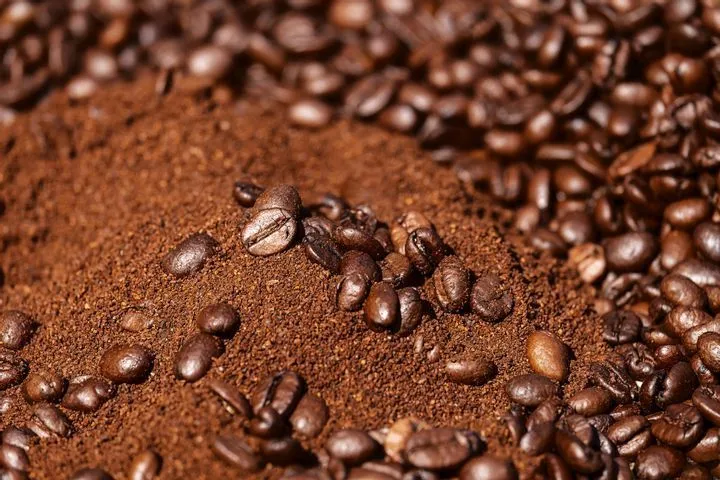
Not every sink or garbage disposal works the same, and there’s no need to clog it with mucky coffee for no reason.
Using an Exterior Car Product, in the Kitchen
You wouldn’t think to use exterior cleaning products indoors, but do we have an interesting fun fact for you!
Apparently, using car wax on your stovetop will make it easier to clean up in the long run. The first thing you need to do is actually clean the stovetop, since the car wax might seal the grease and dirt in if it’s not cleaned beforehand. Then wipe just a little bit of car wax on top of the surface, wait a few minutes, then buff it off with a new, clean cloth.
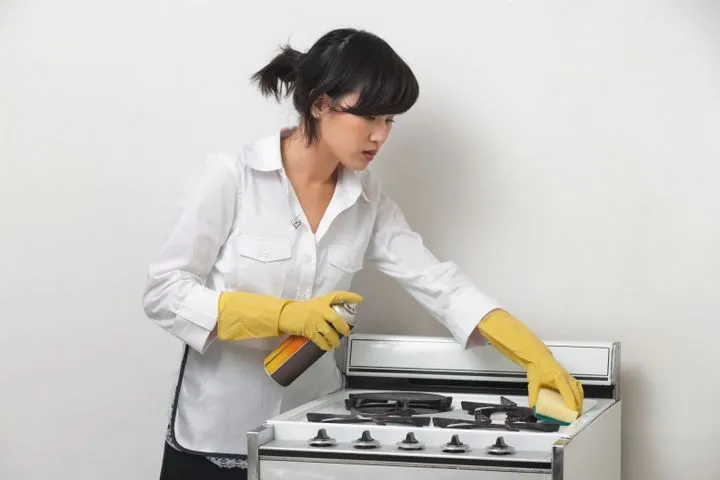
A Secret Ingredient to Add to Your Gym Laundry Load
We talked about how you shouldn’t add in too much detergent into your washing machine when doing a load of laundry, but apparently there’s a secret ingredient that you can use to help freshen odors—specifically for workout clothes!
According to Reader’s Digest, if you add in a cup of alcohol-based, sugarless mouthwash with your detergent when doing a load of laundry, it should clean away all of the bacteria and excess dirt or gunk you get from working out.
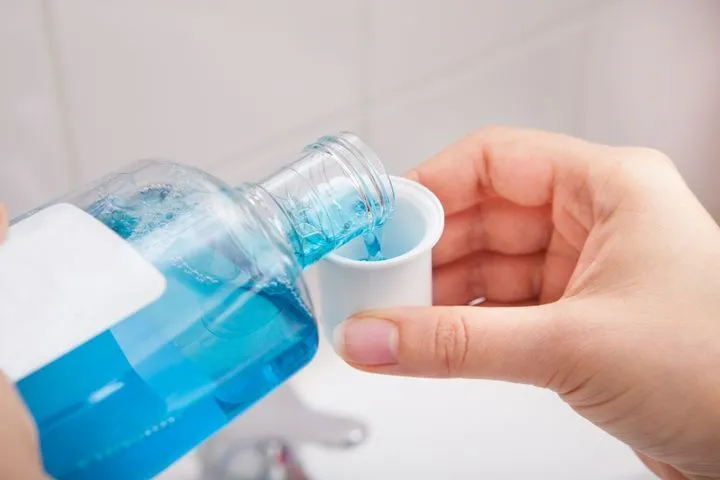
Adding Lemons into Your Dish Washing Load
Similar to the coffee grounds in the garbage disposal debate, there’s big debate on whether you should place lemons in your dish washer when you’re doing a load.
Some people claim that it doesn’t do anything, but there’s no harm in trying it out as long as you do it properly. A common misconception is that lemons can replace detergent, but if you think about it, a few lemon wedges clearly can’t clean a whole entire dish washer full of dirty dishes.
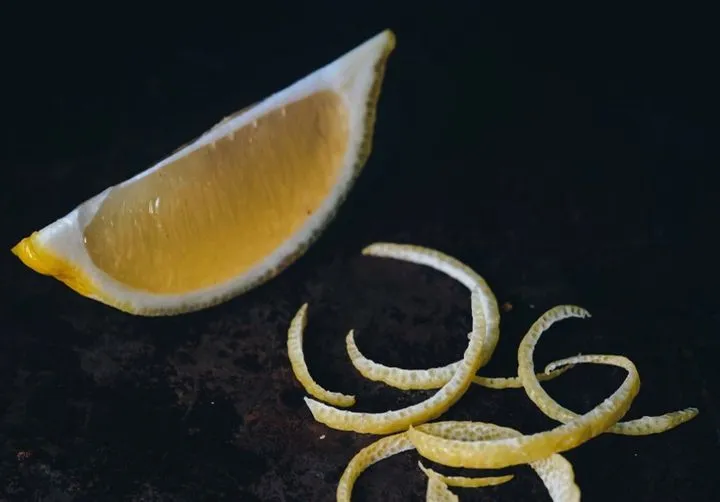
So keep in mind to prepare your dish washer like you normally would with detergent. Another thing to make sure of, is that you latch the wedge somewhere where it won’t move around—like the silverware rack, or the top rack on one of the glassware slots.
Using Bleach on Eating Surfaces and Appliances is Hazardous
Using bleach on any form of eating surface or appliance is never a good idea, and should be avoided at all costs. And yes, this definitely includes the inside of your coffee maker—the outside is a different story, feel free to use a mild bleach-and-water solution for making the outside sparkle and shine.
